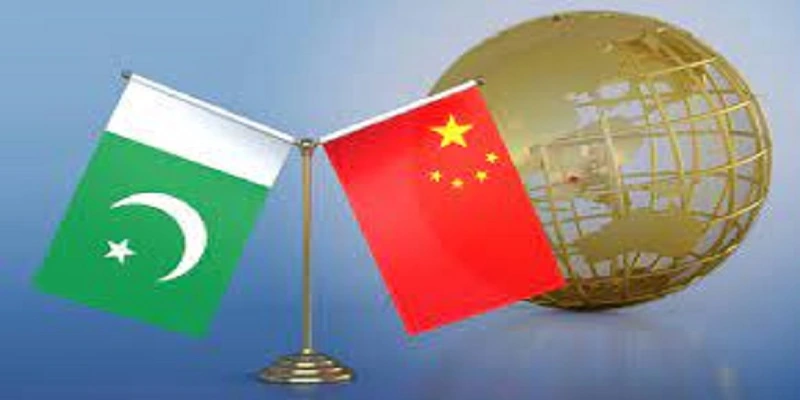Pakistan-China Boundary Accord 1963
The boundary agreement between Pakistan and China formally established the boundary that separates Pakistan and China was made in March of 1963. In addition to this, it also altered the balance of power in the region by making Pakistan and China closer to one another; however, it also strained the relations between Pakistan, China, and the United States simultaneously strained. The agreement was controversial due to India's refusal to recognize it due to her asserting sovereignty over specific regions.
Pakistan has reservations because Chinese maps revealed some areas of Pakistan to their left. Ayub Khan pleaded for clarification, but no response was ever received. After Pakistan decided to vote for China to get an official seat on the United Nations Security Council, the Chinese removed the maps in January 1962. She also agreed to engage in discussions on the issue. Pakistan greeted this Chinese decision to enter into an agreement with appreciation. The talks between the two sides officially began on the 13th, 1962 and culminated in an agreement signed on March 2 1963, by foreign ministers Chen Yi and Zulfiqar Ali Bhutto, from China and Pakistan, respectively. This led to China's removal from the area of dispute in the same manner as Pakistan. It showed the desire of the people from both countries for the development of friendship and brotherly relationships that would aid in ensuring peace around the world in the future.
The line of demarcation between China and Pakistan has never been marked. The two countries decided to draw it according to the custom. The agreement begins at Pakistan's northern, western frontier at the height of 5,630m. The boundary line extends eastward from there and then south-eastwards through the major tributaries of the Tashkurgan River on the one hand, and extending to the tributes to the Hunzariver via it through the KilikDaban, the MintakeDaban and the KharchanaiDaban, the MutsgilaDaban and the Parpik Pass reaching the KhunjerabDaban.
Kelechin River. Once it has passed through the Khunjerab and Khunjerab, the boundary line generally runs south along the previously mentioned main watershed and that of the Taghumbash River and the Koliman Su (OprangJilga) in the opposite direction. Following the Chinese map, the boundary line that has been able to leave the southern point follows the narrow section of the Koliman Su until it reaches its junction in the Kelechin River.
The Pakistani side is separated from the southern-eastern end of the spur and reaches the curve of the Skgam and Muztagh Rivers. From here, the boundary follows into the Kelechin with Shorbulak Daria. From the confluence point, the boundary line rises to the highest point of the spur and then flows along the Karakoram range's primary watershed.
Two parties agreed to the following:
1.) "Wherever you draw a boundary that lines follow a river, it is the line that runs along the river's bed. It must constitute the line of the boundary.
- II) If the boundary passes through an open area, the water-parting line will be that boundary line.
The two parties also agreed that to settle the issue in the Kashmir dispute, both parties would resume talks about the boundary dispute.
The accord benefited Pakistan economically since she was granted land for grazing in the deal. However, it was necessary for politics because it decreased the chances of conflict between the two nations. This agreement was necessary for Cold War politics as well. It was part of an expanding relationship with China and Pakistan that began after the conflict between India and China. This led to the disengagement of Pakistan from the United States. Furthermore, after having defined the borders of both countries, they have also signed an agreement bilaterally regarding air travel and trade. India is not a signatory.
Thus, the agreement was crucial to the development of bilateral relations between the two states is in the matter. It was not just a solution to the border dispute between the nations but also helped establish friendship between them. It was also crucial in many other ways as the agreement strained Pakistan's relations with the west and dealt an enormous hit to this Kashmir dispute.

